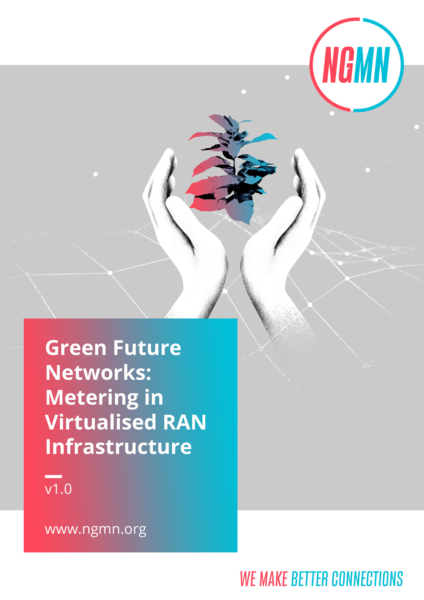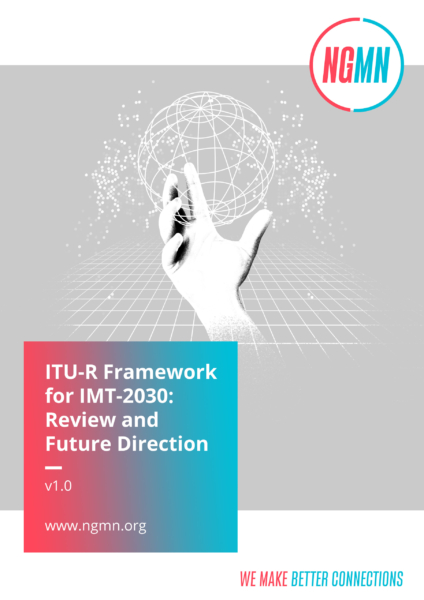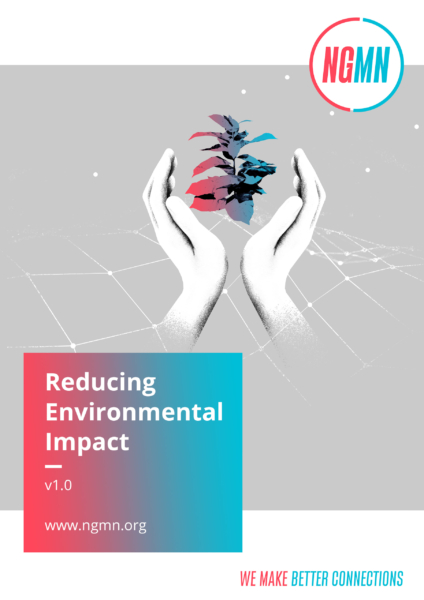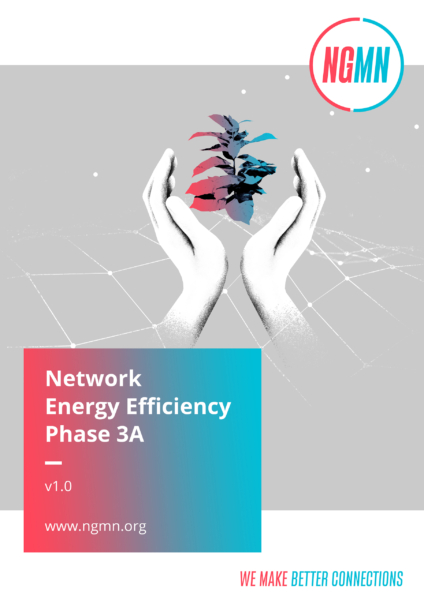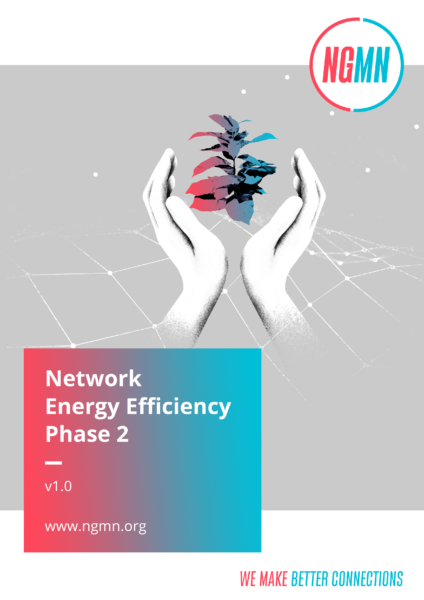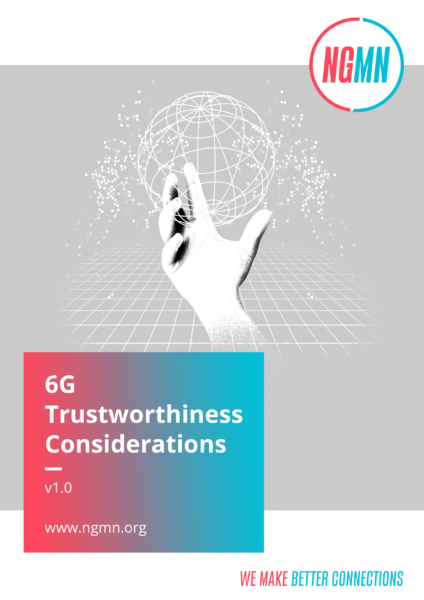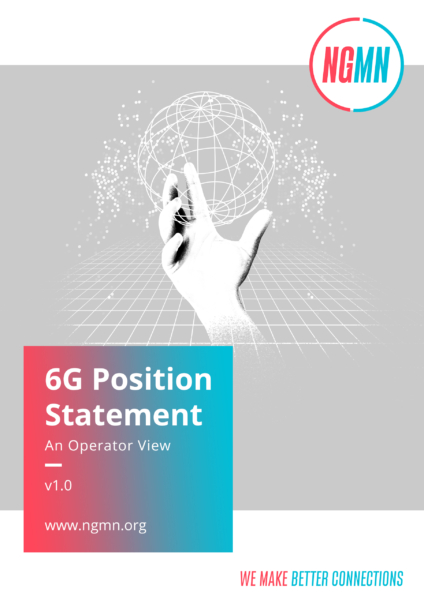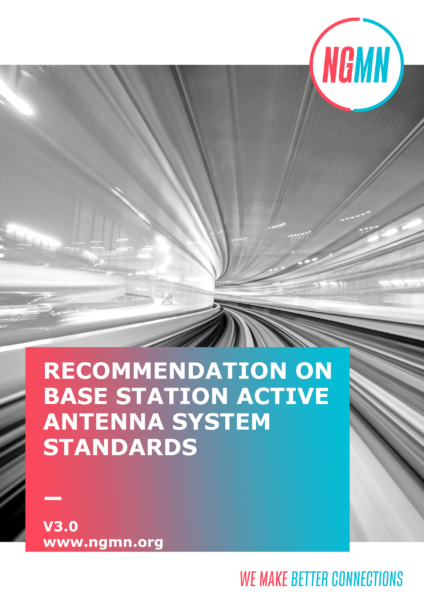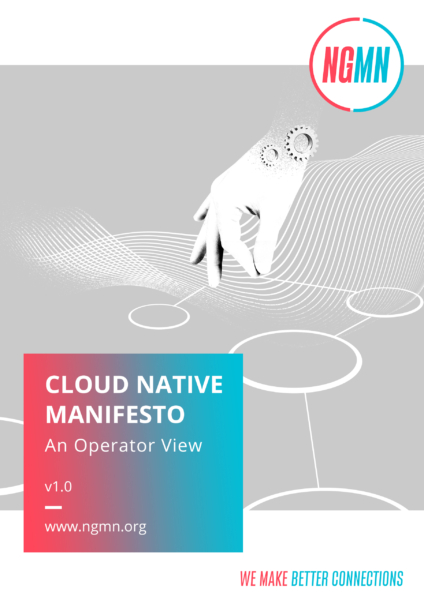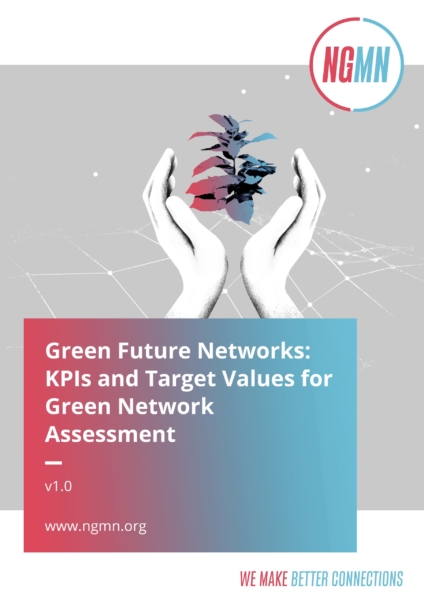Green Future Networks: Metering in Virtualised RAN Infrastructure
Being “green”, which entails energy efficiency and sustainability without compromising performance, is increasingly recognised as a hot topic and a prerequisite for enduring success today and in the future.
Through this publication, the NGMN Alliance delivers vital recommendations for industry standards, facilitating more precise and real-time estimations of energy consumed by virtualised or cloud-native network functions. It highlights the necessity of enhancing current 3GPP Virtual Network Function (VNF) / Cloud Network Function (CNF) energy consumption estimation frameworks for more precise measurement of energy consumption by VNF/CNF on shared IT/Cloud infrastructure.
Furthermore, the publication emphasises the implementation and the consideration by standardisation bodies of the Redfish® model published by DMTF as a starting point, and addresses the questions which data/parameters are measured, how, and which standards to align to.
